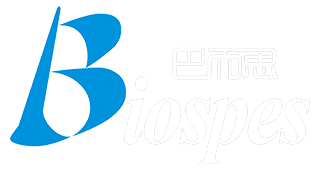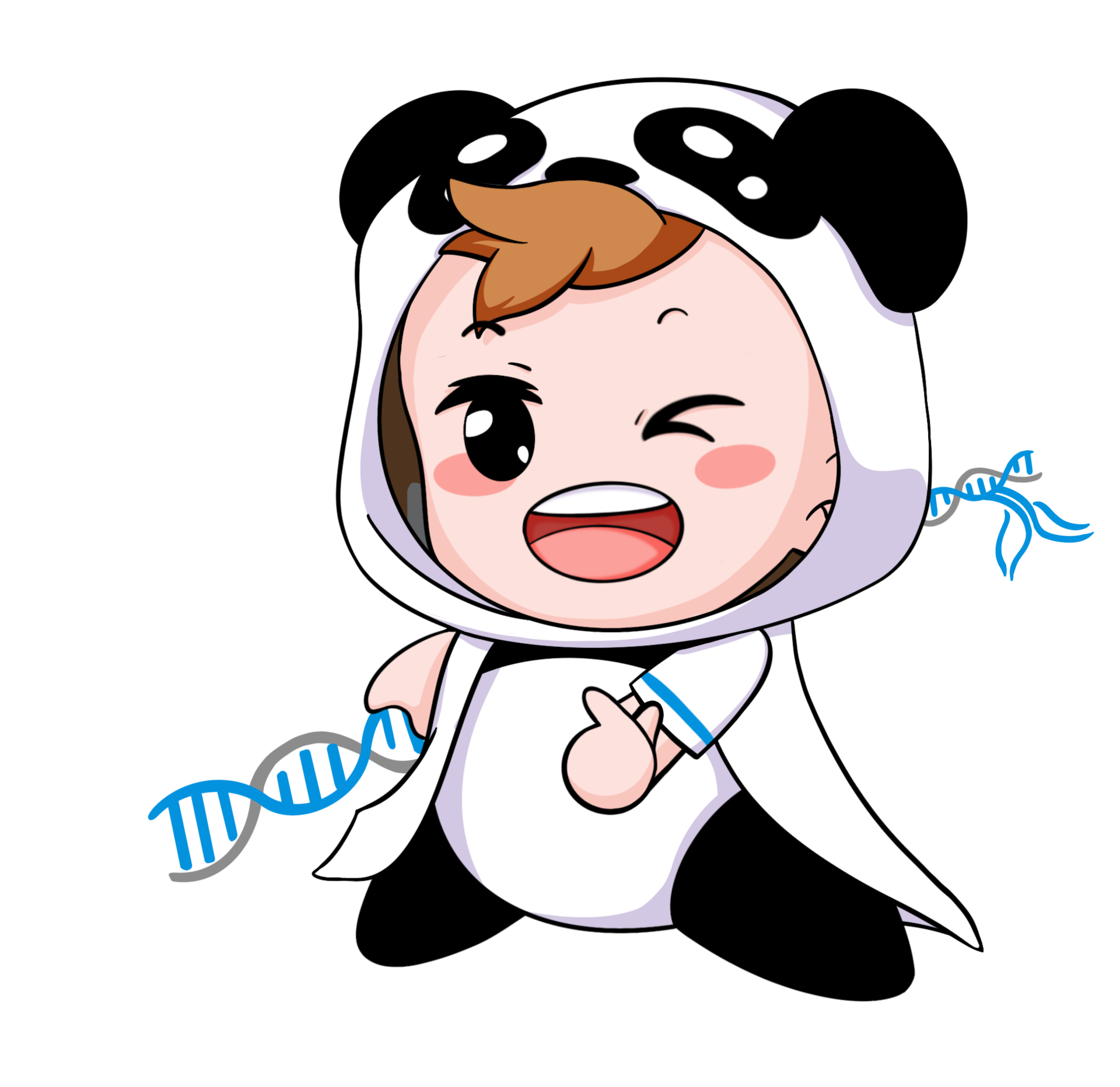Catalog# BMA1015
Lot # Check on the product label
Size 100 μg
Isotype IgG2a
Clone # C58
Host Mouse
Reactivity Human, mouse, rat
Product Form Liquid
Purification Peptide affinity purified
Immunogen
A synthetic peptide (conjugated with KLH) corresponding to the N-terminal of mouse CK17.
Recommend Application
Western Blot,WB (1:200-1:1,000)
Immunohistochemistry, IHC-P (1:50)
Immunocytochemistry, ICC (1:50)
Other applications have not been tested.
The optimal dilutions should be determined by end user.
Storage Buffer
1*PBS (pH7.4), 0.2% BSA, 40% Glycerol and 0.05% Sodium Azide.
Storage Instruction
Store at 4°C after thawing (1 week). Aliquot and store at -20°C for long term (at least one year).
Avoid repeated freeze and thaw cycles.
Background
Cytokeratin 17, also known as Keratin, type I cytoskeletal 17 (K17) is a protein that in humans is encoded by the KRT17 gene. Keratin 17 (K17) is a differentiation-specific keratin expressed in the nail bed, hair follicle, sebaceous gland and other epidermal appendages. The KRT17 gene is 5 kb long with 8 exons. Mutations in the gene encoding this protein lead to Jackson-Lawler type pachyonychia congenita and steatocystoma multiplex. Cytokeratin 17 synthesis seems to be a marker of basal cell differentiation in complex epithelia and therefore indicative of a certain type of epithelial "stem cells".
Reference
1. Covello, S. P., Smith, F. J. D., Sillevis Smitt, J. H., Paller, A. S., Munro, C. S., Jonkman, M. F., Uitto, J., McLean, W. H. I. Keratin 17 mutations cause either steatocystoma multiplex or pachyonychia congenita type 2. Brit. J. Derm. 139: 475-480, 1998.
2. Troyanovsky, S. M., Leube, R. E., Franke, W. W. Characterization of the human gene encoding cytokeratin 17 and its expression pattern. Europ. J. Cell Biol. 59: 127-137, 1992.
Details
Product Center



